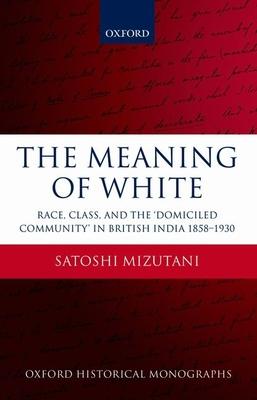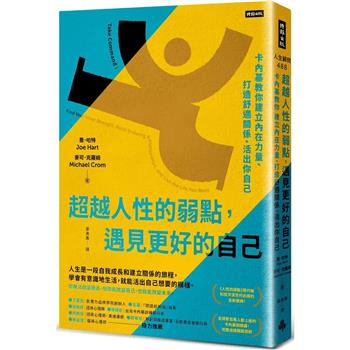From 1858 to 1930 the concept of whiteness in British India was complex and contradictory. Under the Raj, the spread of racial ideologies was pervasive, but whiteness was never taken as self-evident. It was constantly called into question and its boundaries were disciplined and policed through socio-cultural and institutional practices.
Only those whites with social status, cultural refinement, and the right level of education were able to command the respect and awe of colonized subjects. Among those who straddled the boundaries of whiteness were the ’domiciled community’, made up of mixed-descent ’Eurasians’ and racially unmixed ’Domiciled Europeans’, both of whom lived in India on a permanent basis. Members of this community, or those who were categorized as such under the Raj, unwittingly rendered the meaning of whiteness ambiguous in fundamental ways. The colonial authorities quickly identified the domiciled community as a particularly malign source of political instability and social disorder, and were constantly urged to furnish various institutional measures - predominantly philanthropic and educational by character - that specifically targeted its degraded conditions. The Meaning of White reveals the precise ways in which the existence of this community was identified as a problem (the ’Eurasian Question’) and examines the deeper historical meanings of this categorization. Dr Mizutani demystifies the ideology of whiteness, situating it within the concrete social realities of colonial history.| FindBook |
有 1 項符合
The Meaning of White: Race, Class, and the ’domiciled Community’ in British India 1858-1930的圖書 |
 |
The Meaning of White: Race, Class, and the ’domiciled Community’ in British India 1858-1930 作者:Mizutani 出版社:Oxford University Press, USA 出版日期:2012-02-01 語言:英文 規格:精裝 / 239頁 / 21.6 x 14 x 2.3 cm / 普通級 |
| 圖書館借閱 |
| 國家圖書館 | 全國圖書書目資訊網 | 國立公共資訊圖書館 | 電子書服務平台 | MetaCat 跨館整合查詢 |
| 臺北市立圖書館 | 新北市立圖書館 | 基隆市公共圖書館 | 桃園市立圖書館 | 新竹縣公共圖書館 |
| 苗栗縣立圖書館 | 臺中市立圖書館 | 彰化縣公共圖書館 | 南投縣文化局 | 雲林縣公共圖書館 |
| 嘉義縣圖書館 | 臺南市立圖書館 | 高雄市立圖書館 | 屏東縣公共圖書館 | 宜蘭縣公共圖書館 |
| 花蓮縣文化局 | 臺東縣文化處 |
|
|
圖書介紹 - 資料來源:博客來 評分:
圖書名稱:The Meaning of White: Race, Class, and the ’domiciled Community’ in British India 1858-1930
|











